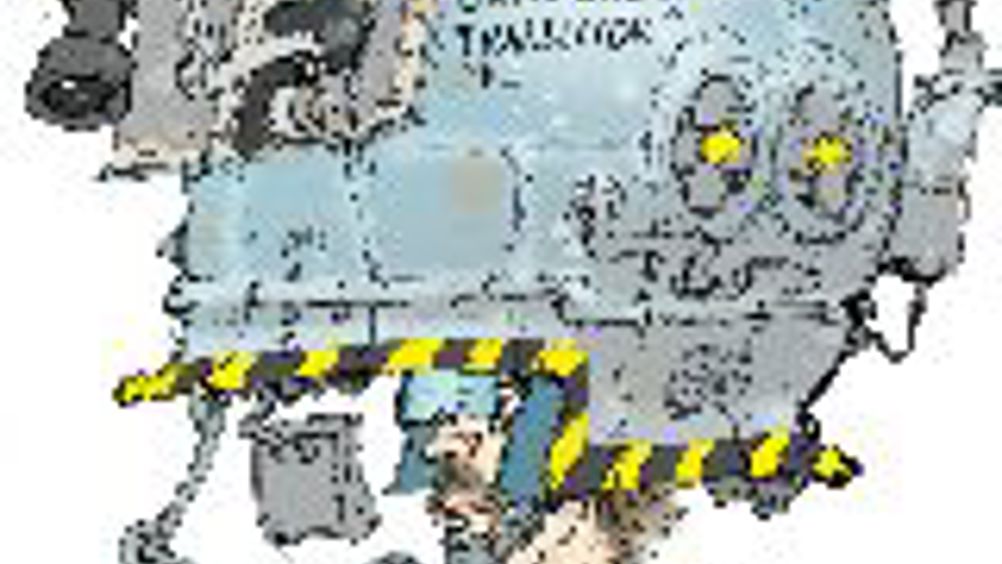Doing the right thing intuitively
With ever-greater pressures to manufacture products at maximum speed – and with high quality – it is increasingly important not to make mistakes. Machines can be automated, but what about the workers?

The totally reliable automated manufacturing system is yet to be invented. Somebody still needs to set things up to required tolerances, and someone must ensure that the right materials are delivered to the right machines, as and when required. To err is human and one effect of mass production is that a large number of products can be manufactured wrongly before anybody notices.
Workers in Britain's factories do not always understand English, yet may have valuable skills and a desire to work hard that makes them excellent employees. What is needed is an approach which makes it easier for them to get things right.
The Challenge
Our challenge this month is to come up with a method of ensuring the settings, as shown on dial gauges, are correct – without expecting anyone to read them carefully or even know what the settings have to be in a particular application. Also, to make the challenge more interesting, the reader is asked to apply a similar approach in order to come up with a foolproof way of ensuring that the right bars of material are delivered to the right machine, even when they look exactly like other bars of material that have to be delivered to different machines.
The solutions we suggest below require neither computers nor items of high technology, nor blizzards of instructions. What they do require, however, is a slightly different way of thinking. All that is additionally called for is the expenditure of a few pounds and a little time – but very much less than the amount of time that would need to be expended, were things to be manufactured wrongly! Perhaps you tackle similar problems already in the design of your products and in your manufacturing plant. Once you see proposed solutions, you may well consider these ideas quite self-evident, except they are novel enough that the government is funding free seminars to put them across. For those without access to the web, they will be aired fully in our May edition. But you may already be ahead of the game!
Solution
The solutions come under the heading of 'Visual management', an idea, that is currently being promoted by the government's Manufacturing Advisory Service (MAS).
The answer to the dial gauge setting problem was revealed by Ian Pateman from the South East MAS, at a seminar organised by Business Link Kent. This was simply to take some pieces of coloured acrylic and stick them on the gauges to indicate the OK region and the regions to avoid. This approach also has the benefit that, if the settings are to be changed, one only has to peel off the plastic and stick it back in the new position(s).
The solution to the material delivery problem was to use colour coding, in the form of a splash of paint on the ends of the bars, and use the same colour to indicate storage areas and the machines in which they were to be put. Kanban areas should not only be clearly marked, but have a picture of what they are supposed to contain, along with a height gauge to show minimum and maximum stock levels. A representative from Lucas Diesel Systems in Gillingham said the company already made all of its instructions as pictorial as possible and used templates wherever possible, "so you can see at once if it fits".
Mention was made of workers who might be colour blind, but the advice here was to use ticks and crosses, instead of colours.










